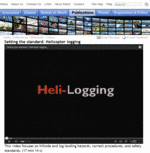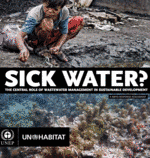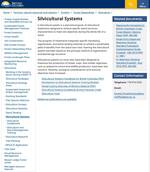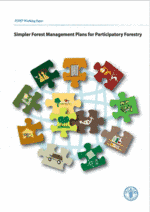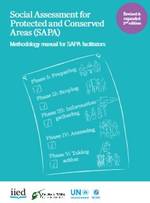Tools
A tool is a resource that supports and guides the implementation of SFM. This section includes all the tools available in the SFM Toolbox, which can be in form of publications, e-learning videos, software etc.
You can browse the Tools through keywords in the free search box or you can narrow the search using the filters on the right side of the page.
This video is about work routines in helicopter logging. It focuses on hillside and log landing hazards, correct procedures, and safety standards.
This Massive Open Online Course (MOOC) was based on the FAO e-learning course “Forests and transparency under the Paris Agreement” available on the FAO e-learning Academy.
In this course participants learnt about the importance of forest-related data collection, analysis and dissemination in meeting the Enhanced Transparency Framework (ETF) requirements of the...
Sharing the experience on “Forest and land monitoring for climate action – SEPAL” facilitated course
2023
2023
The overall objective of this course is to support knowledge and skills development to operationally apply high-resolution satellite imagery to critical forest and land monitoring in tropical forest countries. More specifically, the course focuses on how the System for Earth Observation Data Access, Processing and Analysis for Land Monitoring (SEPAL)...
The world is facing a global water quality crisis. Continuing population growth and urbanisation, rapid industralisation, and expanding and intensifying food production are all putting pressure on water resources and increasing the unregulated or illegal discharge of contaminated water within and beyond national borders. This presents a global threat to...
A silvicultural system is a planned program of silvicultural treatments designed to achieve specific stand structure characteristics to meet site objectives during the whole life of a stand.
This program of treatments integrates specific harvesting, regeneration, and stand tending methods to achieve a predictable yield of benefits from the stand over...
The intent of this handbook is to provide field forestry practitioners with a first reference for
silvicultural systems prescription development and implementation in BC. The handbook
catalogues background knowledge intended to clarify concepts related to partial cutting
silvicultural systems. The handbook also brings together treatments and approaches that have
worked...
This working paper aims to present and stimulate thinking about some of the constraints imposed when conventional forest management plans (FMPs) are used for participatory forestry. It describes recent approaches to address these constraints, mostly based on a study of forest management plans in 22 countries.The study also focused on...
This briefing note from FSC simply explains the main characteristics of the Group Certification.
It is a way for more than one forest operation to be certified under a single FSC certificate. The certificate is held by one organization or person on behalf of a group of forest owners or managers...
This manual provides detailed guidance for assessing the social impacts — positive and negative — of protected areas (PAs) and other conserved areas (CAs) and any related conservation and development activities. The manual describes the relatively simple and low-cost Social Assessment for Protected and Conserved Areas (SAPA) methodology, which is...
This section of the FAO e-learning Academy is dedicated to Social Protection in several fields, and in particular to building responsive systems in the context of COVID 19, and COVID 19 post-recovery.
In this page is possible to watch the following 4 videos related to Social Protection:
FAO. 2021. Social Protection...

